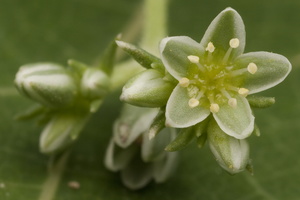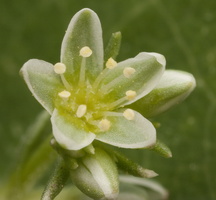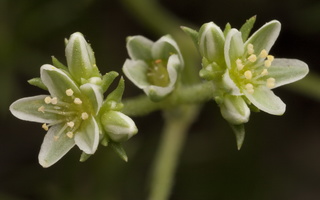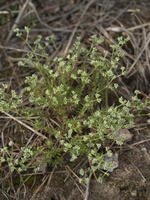- sort orderDefault
Photo title, A → Z
Photo title, Z → A
✔ Date created, new → old
Date created, old → new
Date posted, new → old
Date posted, old → new
Visits, high → low
Random - Google Map
- map
 home / Plantae · augalai / Caryophyllaceae · gvazdikiniai / Scleranthus perennis · daugiametė klėstenė
home / Plantae · augalai / Caryophyllaceae · gvazdikiniai / Scleranthus perennis · daugiametė klėstenė

-
 Scleranthus perennis · daugiametė klėstenė
Scleranthus perennis · daugiametė klėstenė
-
 Scleranthus perennis · daugiametė klėstenė
Scleranthus perennis · daugiametė klėstenė
-
 Scleranthus perennis · daugiametė klėstenė
Scleranthus perennis · daugiametė klėstenė
-
 Scleranthus perennis · daugiametė klėstenė
Scleranthus perennis · daugiametė klėstenė
Scleranthus perennis · daugiametė klėstenė
Parašiau straipsnelį: Lenkinis košenilis - pamiršta-istorija.
- perennial knawel
- Ausdauernde Knäuel, Ausdauerndes Knäuelkraut
- daugiametė klėstenė
- ziemas žultszālīte
- czerwiec trwały
luontoportti.com/en/t/1976/perennial-knawel
Fascinating historical facts http://en.wikipedia.org/wiki/Polish_cochineal:
Throughout the Middle Ages till 16th century in Poland, Lithuania, plantations of the perennial knawel were operated in order to collect Polish cochineal larvae. Scleranthus perennis is primary host plant of the Polish cochineal (Porphyrophora polonica).
In the 15th and 16th centuries, along with grain, timber, and salt, Polish cochineal was one of Poland's and Lithuania's chief exports, mainly to southern Germany and northern Italy as well as to France, England, the Ottoman Empire, and Armenia.
Polish cochineal (Porphyrophora polonica - LT: lenkinis košenilis), also known as Polish carmine scales, is a scale insect formerly used to produce a crimson dye of the same name, colloquially known as "Saint John's blood". Similar to other red dyes obtained from scale insects, the red coloring is derived from carminic acid with traces of kermesic acid.
The larvae of P. polonica are sessile parasites living on the roots of various herbs - especially those of the perennial knawel - growing on the sandy soils of Central Europe and other parts of Eurasia. Before the development of aniline, alizarin, and other synthetic dyes, the insect was of great economic importance, although its use was in decline after the introduction of Mexican cochineal to Europe in the 16th century.